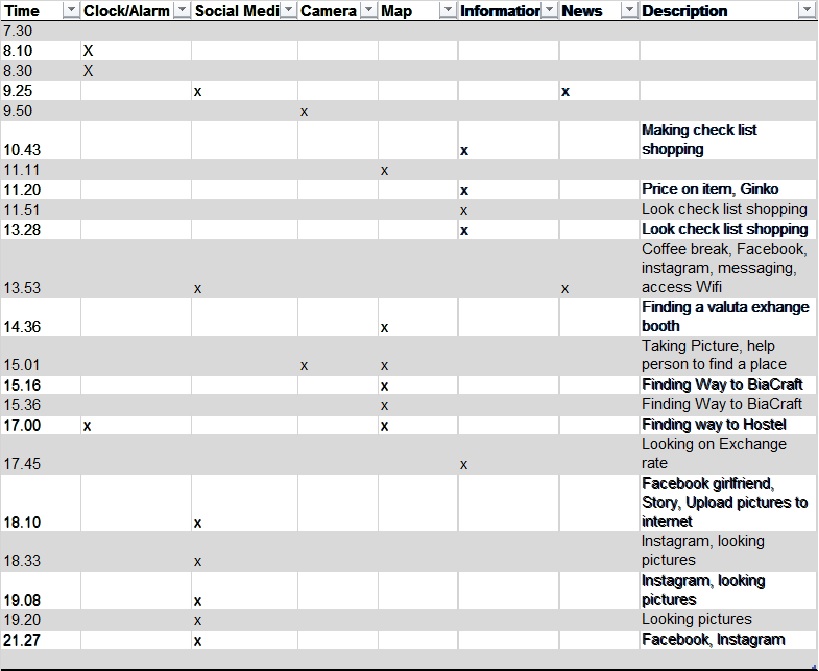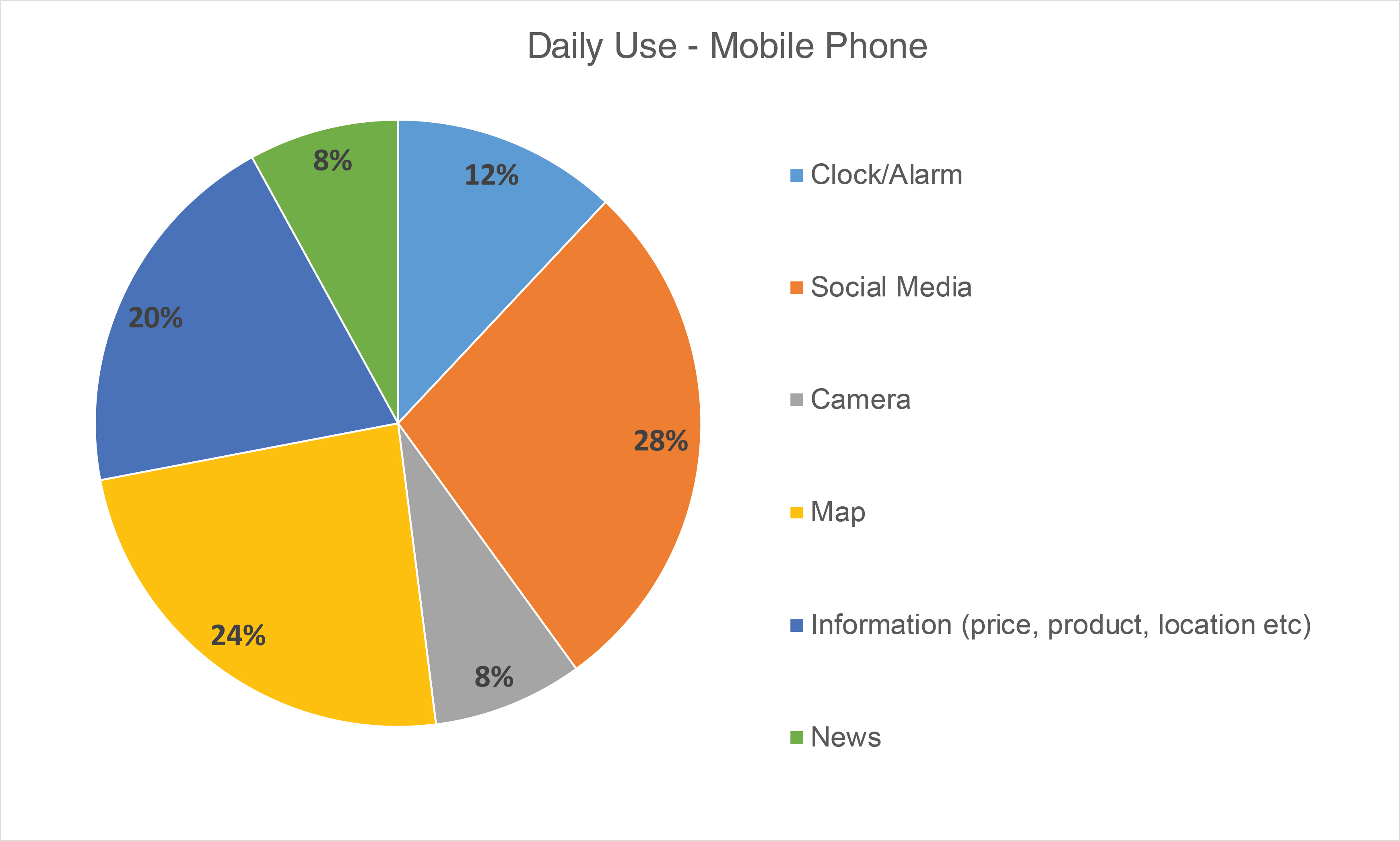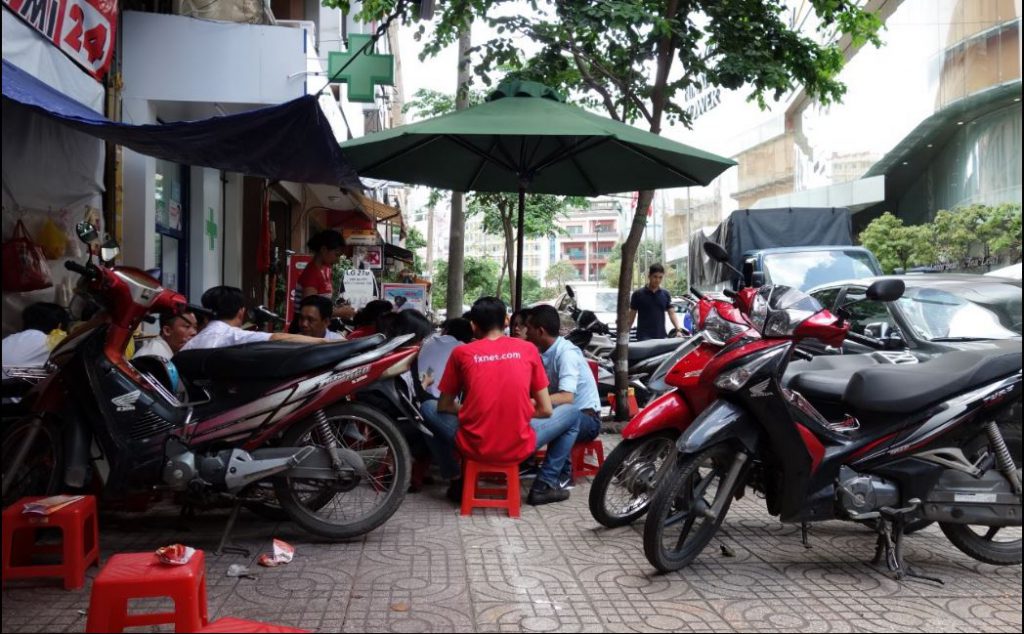This week’s reading by Jonas Löwgren and Erik Stolterman Thoughtful Interaction Design includes following terms and concerns that I want to highlight:
Knowledge Construction
Material without qualities
Digital artefacts
Designers judgement
Design proces & context
and aspects the designer need to take into considerations; responsability, uncertainty, actions, choices, decisions.
This week’s article discussed different aspects of the design process that I am in general is familiar with.
In the making of good design I reflect on how your judgement is determined both by your background and the people you interact with in the given context. This might be crucial when you are designing a new product, service og system and especially within a field you might not be familiar with before.
Design Theory can be seen as knowledge that can liberate the designer from preconceived notions and conceptions of how the design process can and should be performed – Löwgren, Jonas – p.8
As well a good design is what we always aim to succeed, our world is constantly changing throughout design and to make this happen I agree with Löwgren that you need some kind of design knowledge to liberate yourself from existing design solutions to improve certain needs. Needs which are affected both by human and non-human actors. Again, because you are inventing you need as designer to be able also to adapt the design methods in the given context to meet the design goal in the end.
Questions;
1) How do we determine that a certain design is a good design – will it always be unique, ethical, aesthetical, political and ideological to be classified as a good design?
2) Can it be a problem in the future that digital artefacts is developed and launched so quickly, that it can become a restriction for the user in the every day life to always stay up to date with the technology dependancy?



 (source: https://dk.drive-now.com/en/)
(source: https://dk.drive-now.com/en/)